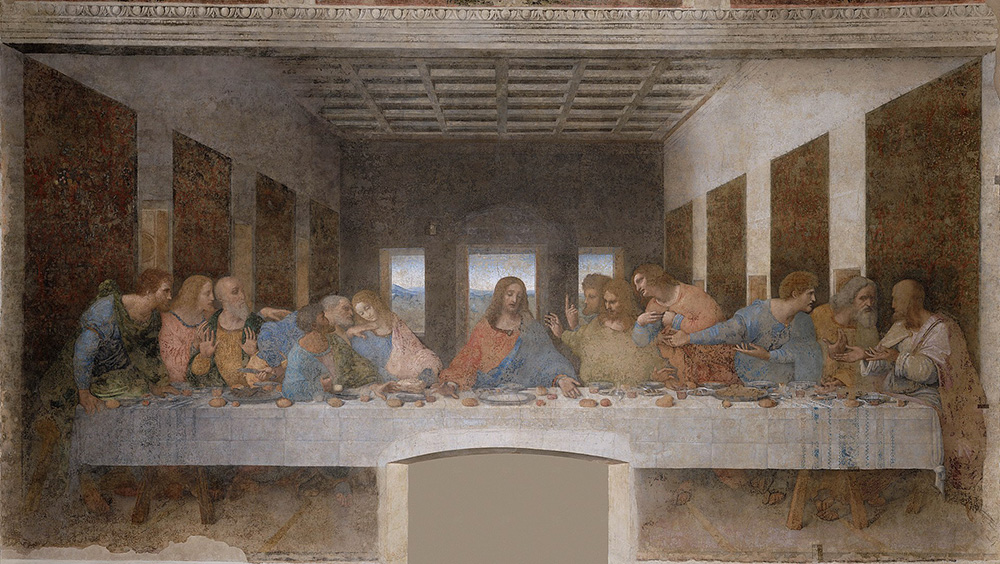Jesus instituted the sacraments of our salvation, but the means by which the Church received them was often indirect. Christ hallowed marriage by working his first miracle at a wedding — and observing elsewhere (see Mt 19:3) — the union of husband and wife makes them “one flesh.”
The same is true of the institution of holy orders. The synoptic Gospels relate that Jesus, at the Last Supper, took bread and wine and told his disciples to eat and drink, for these were his body and blood, given for the forgiveness of sins: “Do this in remembrance of me” (Lk 22:19, RSV).
These words are the foundation for our belief in Christ’s presence in the Eucharist; the command “do this” establishes the ministry by which Jesus’ command will be carried out over time. Likewise, when St. John tells us Jesus washed the disciples’ feet at the Last Supper, he adds Jesus’ remark, “I have given you an example, that you also should do as I have done to you” (Jn 13:15, RSV).
The Catechism of the Catholic Church quotes Thomas Aquinas, who observed, “It is … Christ Jesus, whose sacred person his minister truly represents” (No. 1548). We may find no objective institution of priesthood, but it must be understood from Jesus’ command that his presence touches future ages.

